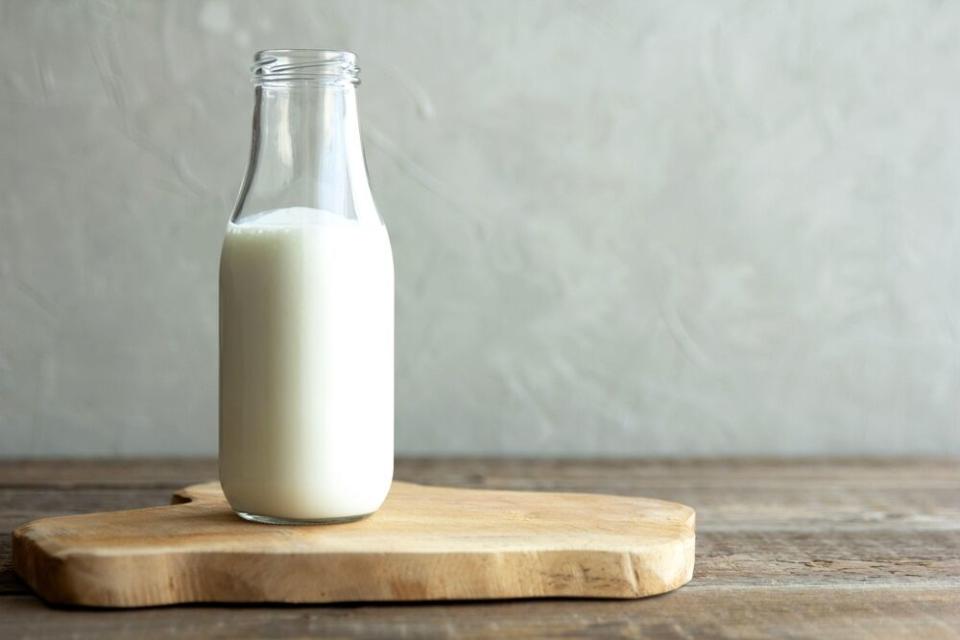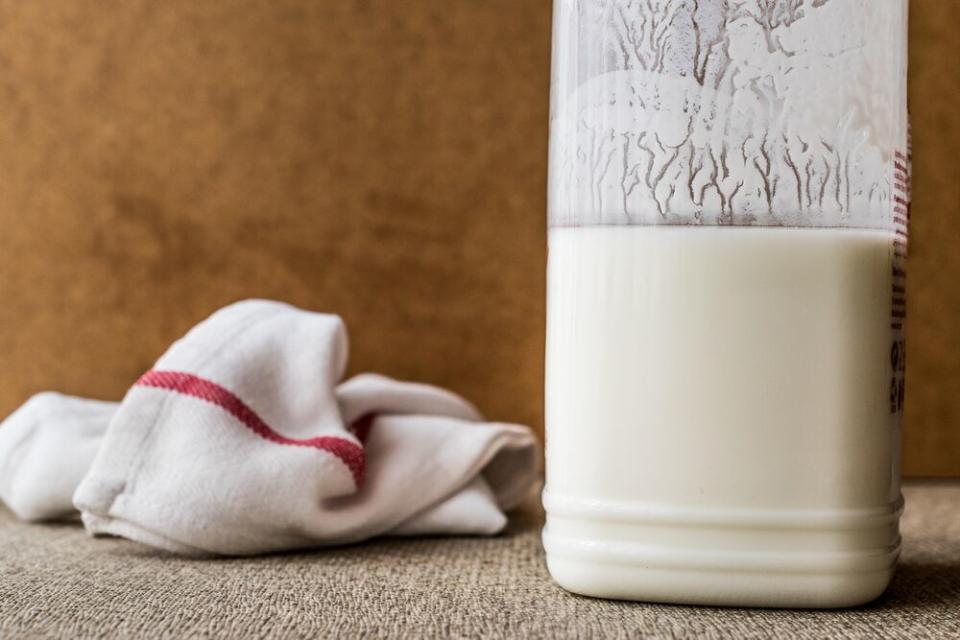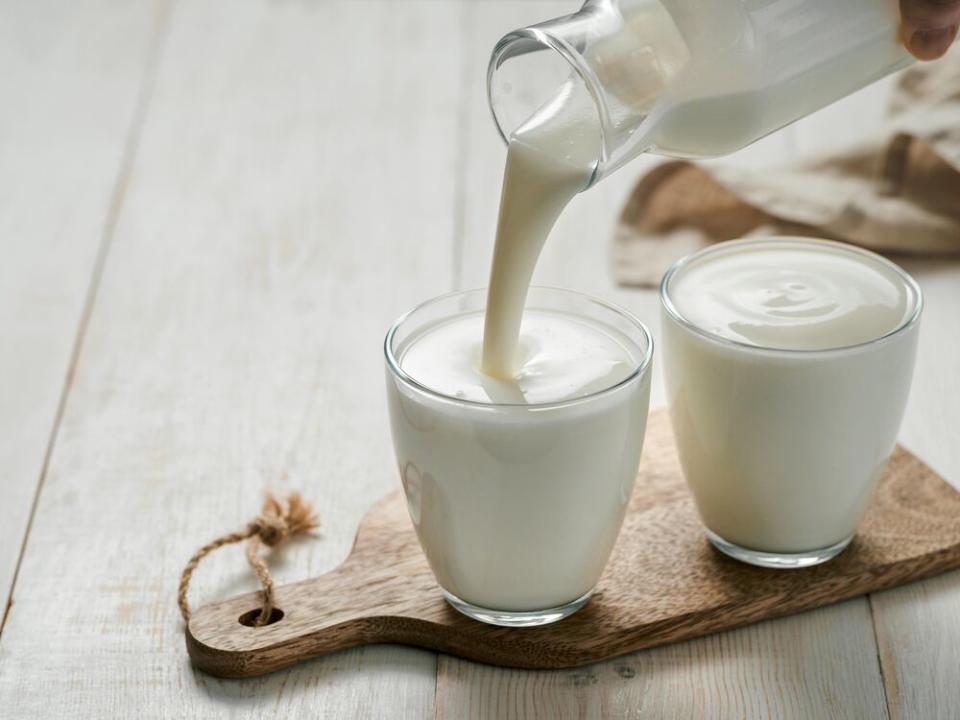What Is Buttermilk and How Do You Use It?
Here’s everything you need to know about buttermilk, one of the most versatile ingredients you’re probably underestimating:
What Is Buttermilk?

Buttermilk has always been a fermented dairy drink, but the way it’s produced has changed over the years.
Today’s buttermilk has nothing to do with butter. The cartons you buy in the store were likely made using an industrial process that involved adding bacteria cultures to low-fat or skim milk. In the old days, though, buttermilk was actually a byproduct of churning butter. The buttermilk your ancestors used was made from the thin, rich-tasting liquid that was left at the bottom of the barrel.
Because of the bacteria cultures, room-temperature buttermilk remained fresh longer than raw milk—this was especially useful before refrigeration was common in most households.
Buttermilk Uses

Few kitchen staples are quite as versatile as buttermilk. Let’s break down a few of the ways the ingredient can affect your food:
Taste. Unlike regular milk, buttermilk adds a distinctly tangy flavor. Though this sourness is almost always balanced out by other ingredients, it brings a brightness to otherwise dull-tasting recipes.
Texture. Buttermilk is quite viscous, so its moisture doesn’t evaporate as quickly during baking. This yields rich, creamy results. A high acid content, meanwhile, breaks down gluten and softens the final product.
Leavening. When the acids in buttermilk react with bases (like baking soda), they produce carbon dioxide. This gas creates air bubbles, which give baked goods an airy structure.
Buttermilk Substitute

No buttermilk? No problem! All you need for a quick and easy alternative is milk and a little bit of acid (lemon juice and vinegar will both work well).
Read more about how to make a buttermilk substitute—with useful milk-to-acid ratios—here.
How Long Does Buttermilk Last?

Sealed buttermilk will keep in the fridge for about two weeks, according to the USDA.
As always, though, check your carton’s expiration dates and use your common sense—if it looks clumpy or smells weird, throw it out.
Can You Freeze Buttermilk?
%image1
Yes, you can freeze buttermilk. Frozen buttermilk will last for about three months. To freeze buttermilk:
Pour buttermilk into an ice cube tray. If you plan to use it for baking purposes, freeze it in one-tablespoon portions to make life easier on yourself later. Cover and freeze.
Once the buttermilk is completely frozen in the tray, transfer cubes to a zip-top bag and seal. Label with the date and freeze for three months.
The night before you need to use your frozen buttermilk, transfer cubes to a leak-proof container and let thaw slowly overnight in the fridge.
Buttermilk Nutrition

You may be surprised to learn that buttermilk has fewer calories than regular whole milk. It also contains important vitamins and minerals, such as potassium, B12, and phosphorus. A good source of protein and calcium, buttermilk can promote bone and muscle health.
Buttermilk that contains live cultures may be good for digestion, working in the same way as other probiotic-rich dairy products like yogurt and kefir.
Buttermilk Recipes

Use up leftover buttermilk with one of our favorite buttermilk recipes:
Hungry for more? Check out 50 Easy Recipes With Buttermilk next.

